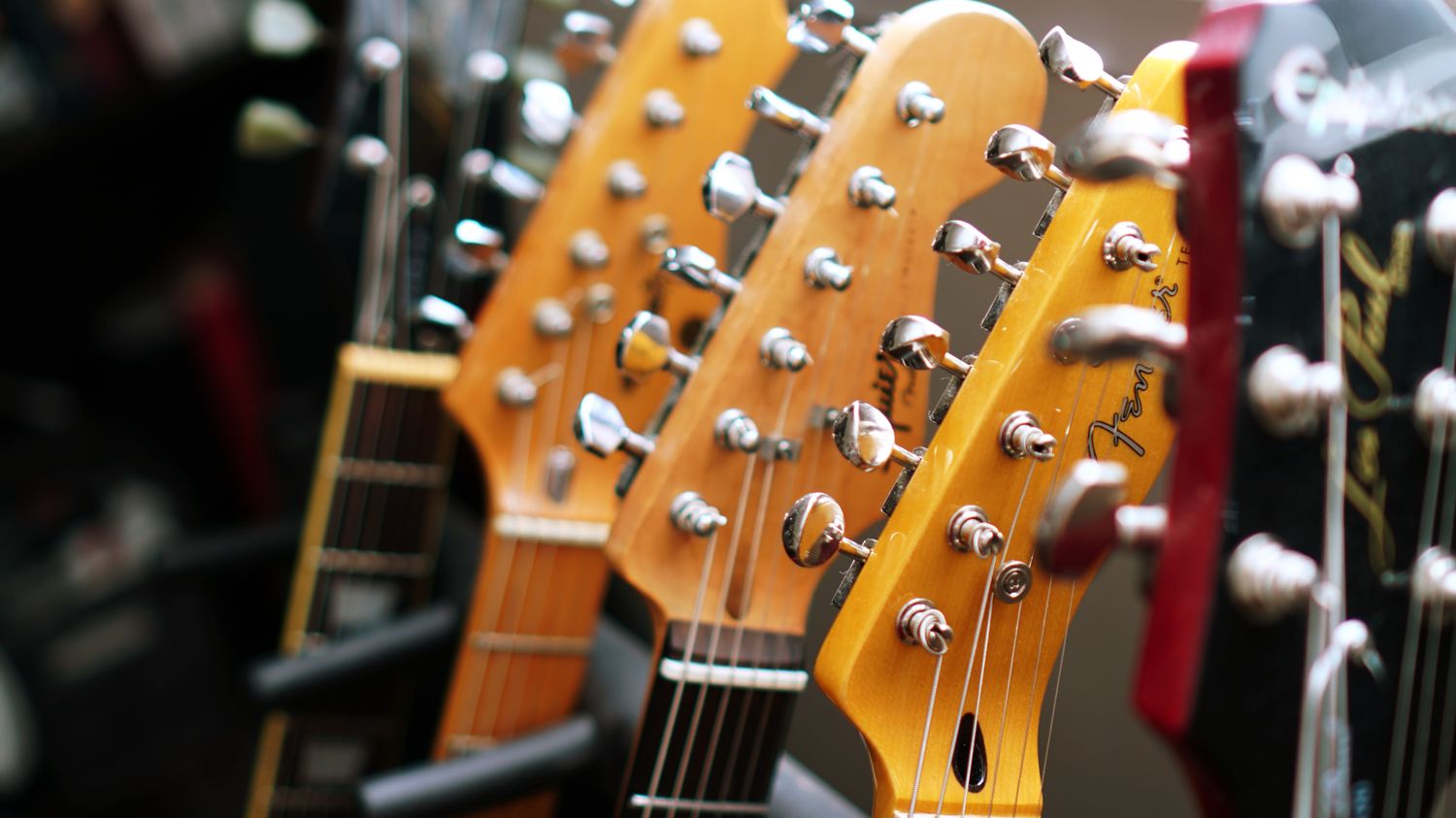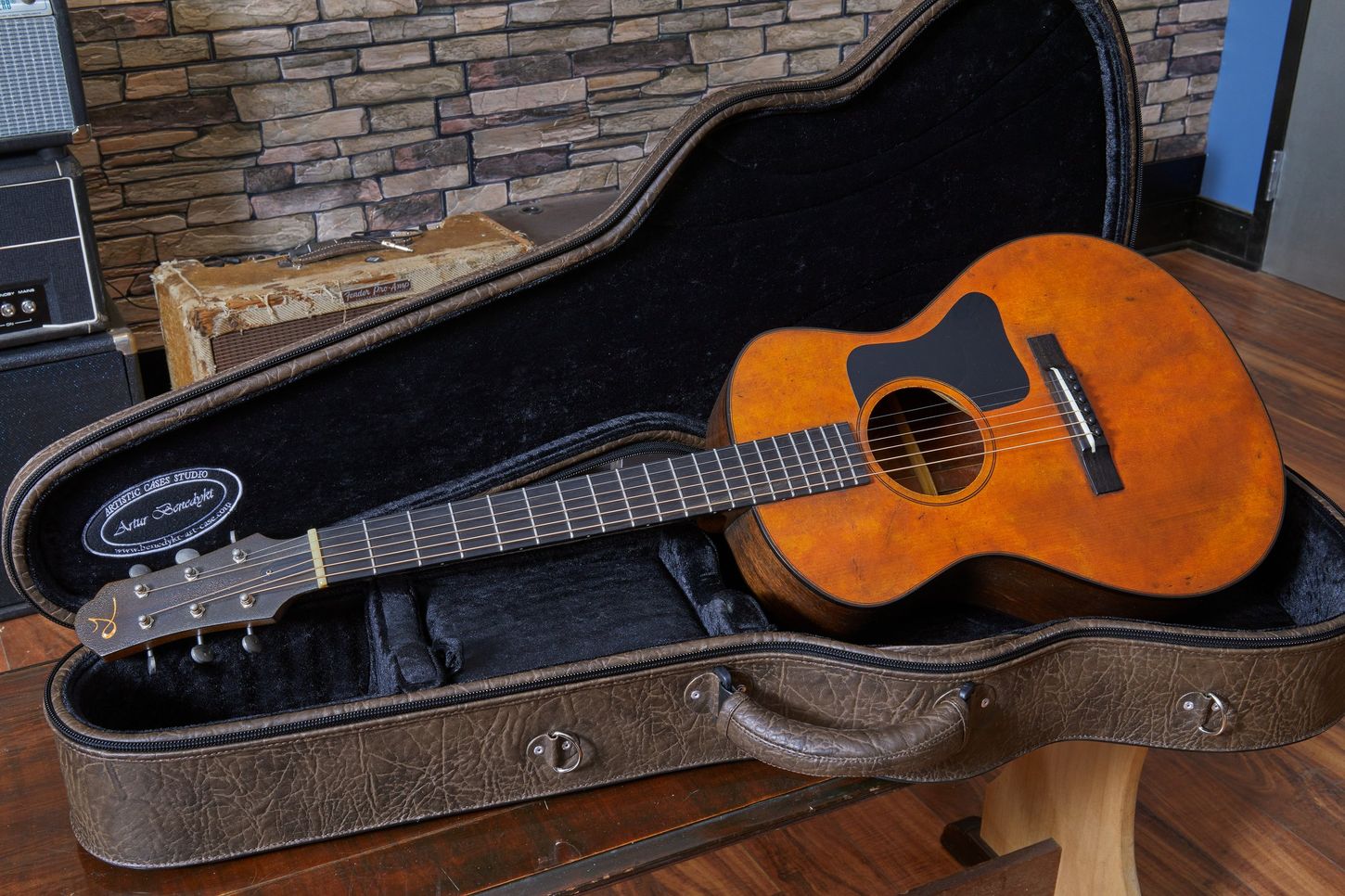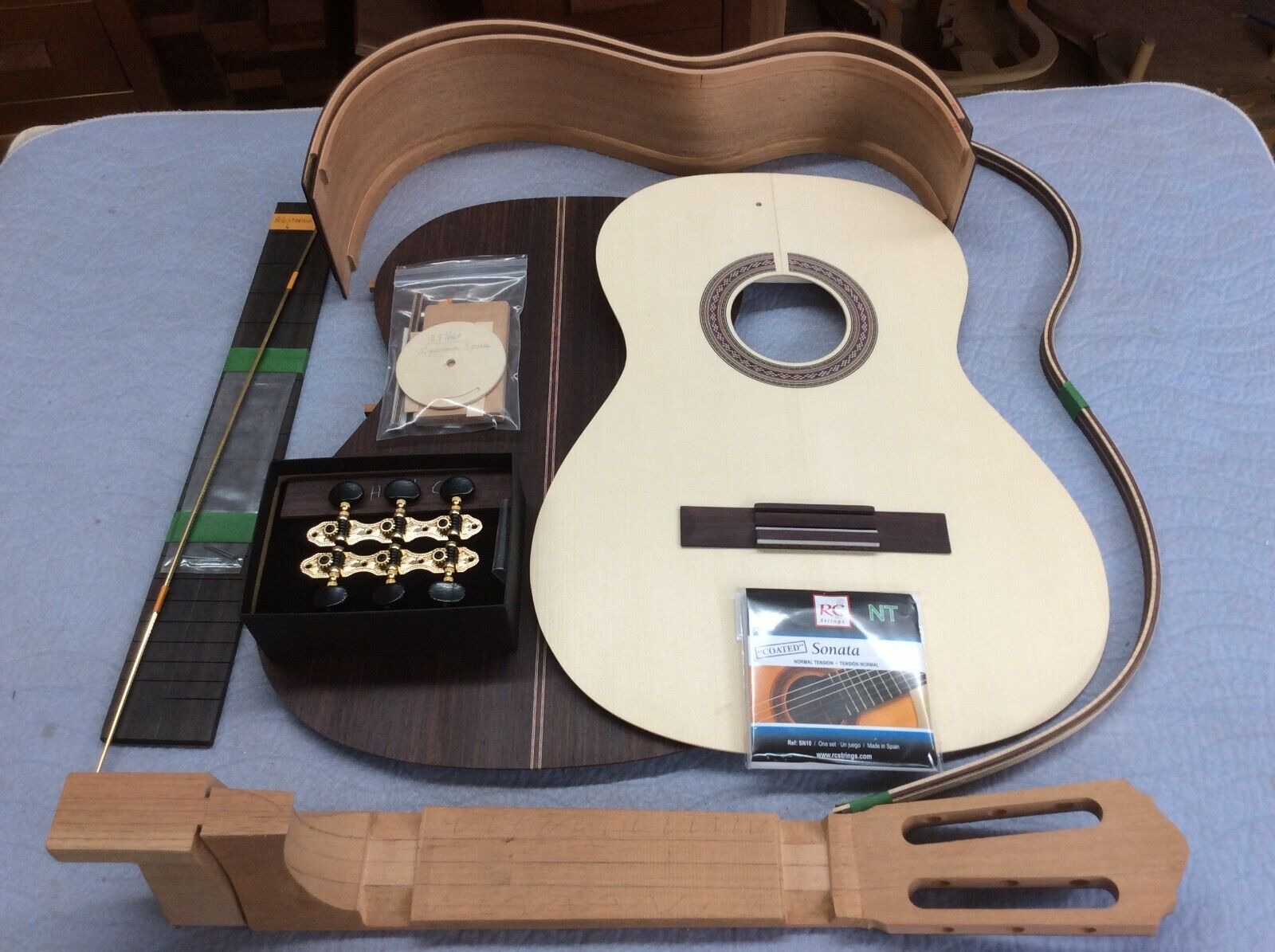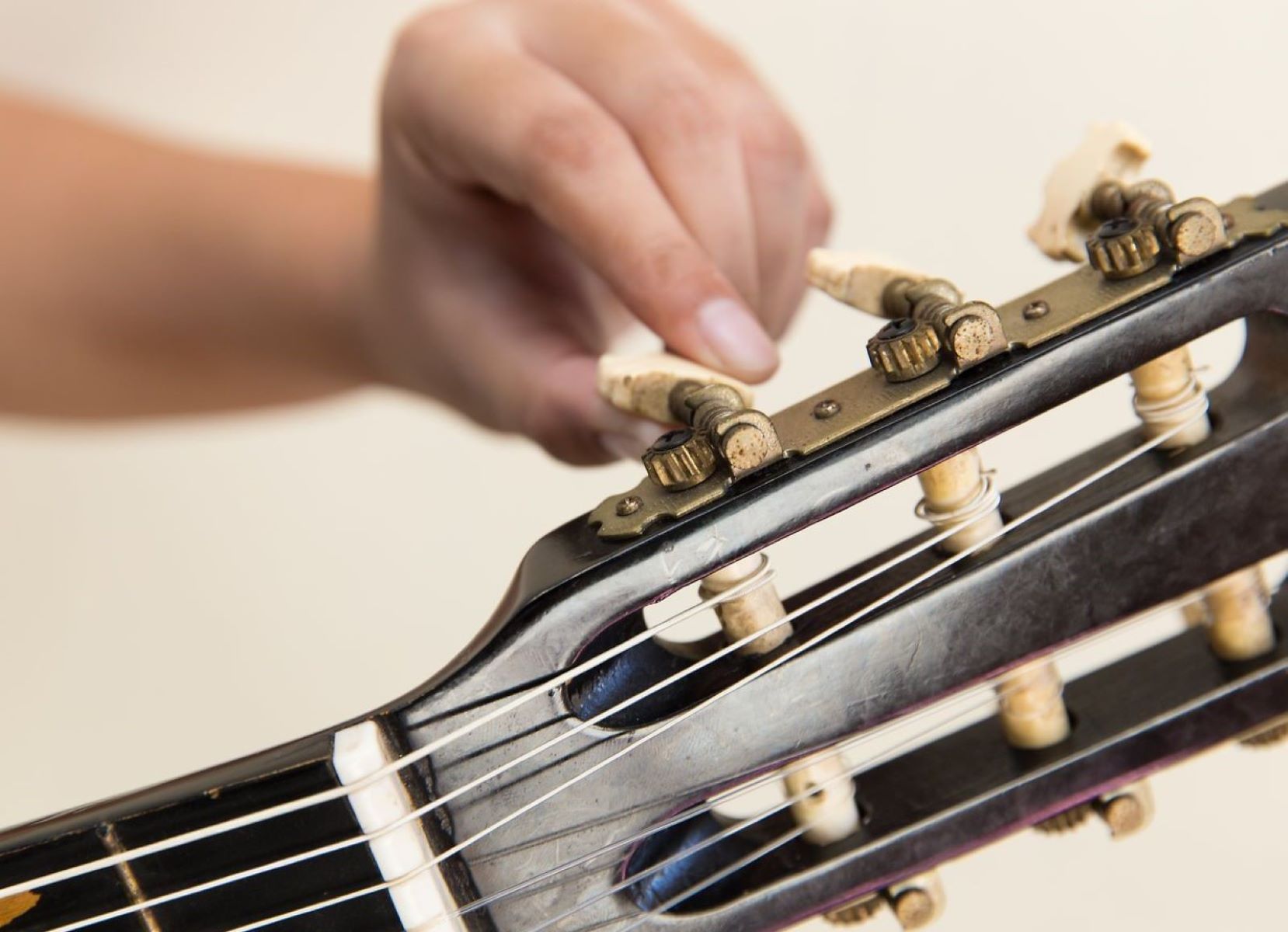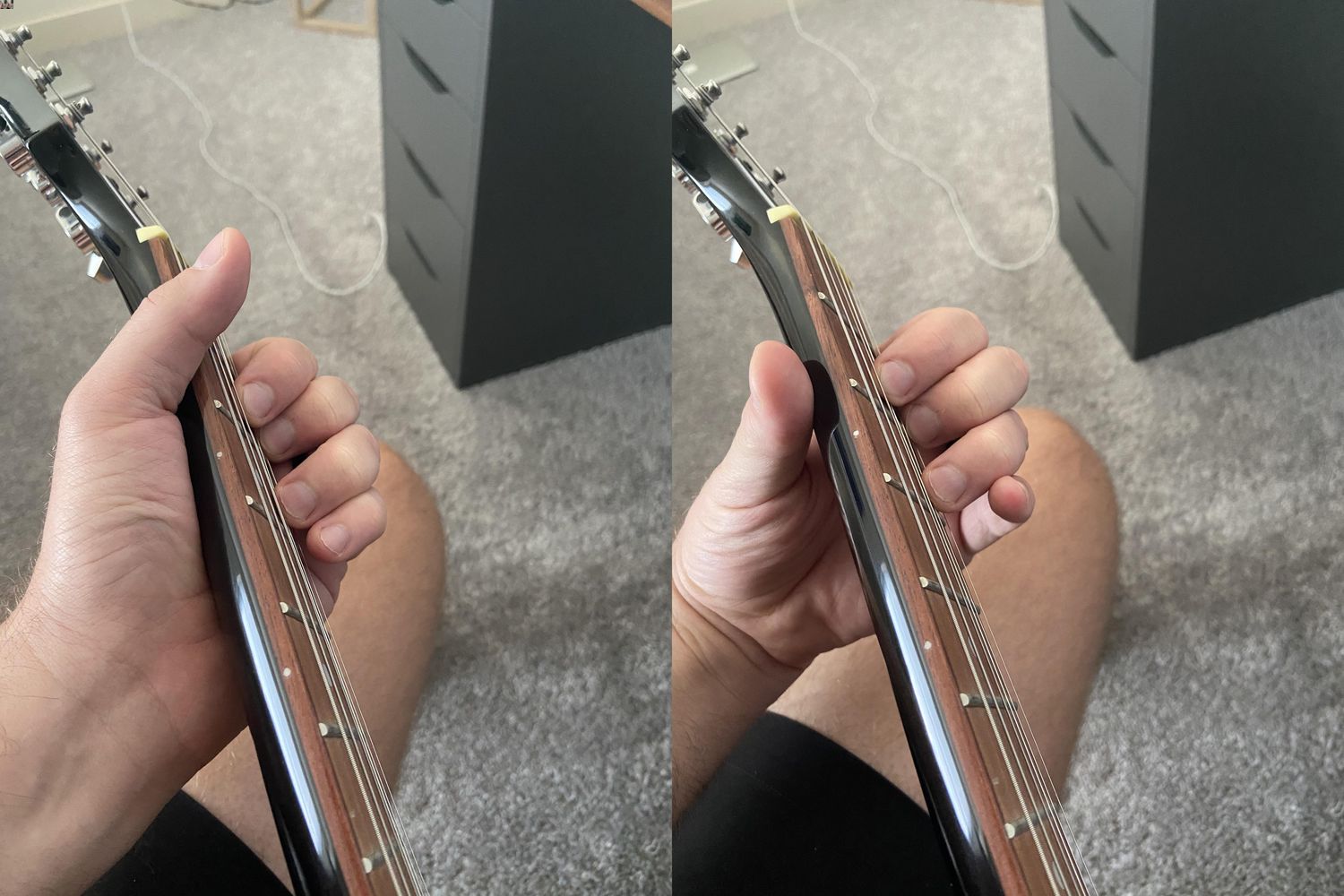Home>Instruments>Guitar>How To Memorize A Guitar Fretboard


Guitar
How To Memorize A Guitar Fretboard
Published: February 13, 2024
Learn how to memorize the guitar fretboard with our expert tips and techniques. Master the fretboard and improve your guitar playing skills today!
(Many of the links in this article redirect to a specific reviewed product. Your purchase of these products through affiliate links helps to generate commission for AudioLover.com, at no extra cost. Learn more)
Table of Contents
Introduction
Learning to play the guitar is an incredibly rewarding journey, but mastering the instrument involves more than just strumming chords and picking melodies. One of the most crucial aspects of becoming a proficient guitarist is understanding and memorizing the guitar fretboard. The fretboard is the foundational grid of the instrument, where all the notes, scales, chords, and melodies come to life.
For many aspiring guitarists, the task of memorizing the fretboard can seem daunting, but with the right techniques and consistent practice, it can be an achievable and even enjoyable endeavor. By familiarizing yourself with the layout of the fretboard and committing its intricacies to memory, you'll gain a deeper understanding of music theory, improve your improvisation skills, and unlock a world of creative possibilities on the guitar.
In this comprehensive guide, we will explore effective strategies for memorizing the guitar fretboard, from understanding its layout to employing visualization techniques and engaging in purposeful practice. Whether you're a beginner seeking to establish a strong foundation or an intermediate player aiming to enhance your fretboard knowledge, the insights and methods shared in this article will empower you to navigate the fretboard with confidence and fluency. So, let's dive in and unravel the mysteries of the guitar fretboard together!
Understanding the Guitar Fretboard
Before delving into memorization techniques, it’s essential to grasp the fundamental structure of the guitar fretboard. The fretboard is a long, narrow strip of wood, typically made of rosewood or maple, affixed to the front of the guitar neck. It consists of thin metal strips called frets, which divide the fretboard into distinct segments. Each fret represents a half step, allowing the guitarist to produce different pitches by pressing the strings against them.
Across the fretboard, six strings run parallel to the neck, each tuned to a specific note. The standard tuning for a guitar, from the lowest pitch string to the highest, is EADGBE. Understanding this tuning is crucial, as it forms the basis for navigating the fretboard and identifying notes and intervals.
One of the key components of the fretboard is the concept of musical intervals. These intervals, which include half steps and whole steps, form the building blocks of scales, chords, and melodies. By internalizing the intervals on the fretboard, guitarists can easily locate and play different notes, construct chords, and improvise with confidence.
Furthermore, it’s important to recognize the fretboard’s notation system. Each fret represents a specific note, and as you move up the fretboard, the pitch of the notes ascends accordingly. Understanding the correlation between frets and notes is fundamental to developing fretboard proficiency.
By comprehending the layout and components of the guitar fretboard, you lay a solid foundation for memorization and fluency. The next step is to explore effective techniques for committing the fretboard’s intricacies to memory, which we will delve into in the following section.
Memorization Techniques
Memorizing the guitar fretboard is a multi-faceted process that involves engaging with the instrument both mentally and physically. Fortunately, there are several effective techniques that can aid in this endeavor, catering to various learning styles and preferences.
1. Break it Down: Rather than attempting to memorize the entire fretboard at once, start by focusing on specific segments. Begin with the first few frets and gradually expand your knowledge as you become more comfortable. Breaking the fretboard into manageable sections can make the task less overwhelming and more achievable.
2. Utilize Mnemonics: Mnemonics, or memory aids, can be invaluable for recalling the notes on the fretboard. Create acronyms or phrases to remember the sequence of notes on each string. For example, the phrase “Eddie Ate Dynamite, Good Bye Eddie” represents the standard tuning of the open strings (EADGBE).
3. Learn Patterns and Shapes: Recognizing patterns and shapes on the fretboard can streamline the memorization process. By identifying common chord and scale shapes, as well as intervals, you can develop a visual and tactile understanding of the fretboard layout.
4. Engage in Frequent Quizzing: Test your knowledge regularly by quizzing yourself on the notes, intervals, and patterns on the fretboard. This active recall reinforces your memory and strengthens your grasp of the fretboard’s intricacies.
5. Associate with Music Theory: Understanding the underlying music theory, such as the relationship between notes, scales, and chords, can provide a conceptual framework for memorizing the fretboard. By connecting the practical aspect of fretboard memorization with theoretical knowledge, you can deepen your understanding and retention.
By incorporating these techniques into your practice routine, you can enhance your ability to memorize the guitar fretboard effectively. However, visual aids can also play a crucial role in solidifying your knowledge, which we’ll explore in the next section.
Using Visual Aids
Visual aids can significantly bolster the memorization of the guitar fretboard, providing tangible references that reinforce your understanding and retention. Incorporating visual tools into your practice can offer a multi-sensory approach to learning, enhancing both your cognitive and muscle memory.
1. Fretboard Diagrams: Utilize fretboard diagrams, which visually represent the layout of the fretboard along with the corresponding notes. These diagrams can serve as quick references during practice sessions and aid in visualizing the note locations across the fretboard.
2. Color-Coding: Assigning different colors to notes, intervals, or patterns on the fretboard can facilitate visual associations and make the information more memorable. For example, you could use colored stickers on the fretboard to highlight specific notes or scale degrees.
3. Interactive Apps and Software: Explore interactive guitar apps and software that offer fretboard visualization tools. These resources often feature interactive fretboard displays, quizzes, and games designed to reinforce fretboard knowledge in an engaging and interactive manner.
4. Fretboard Stickers: Consider using removable fretboard stickers or decals that display note names and intervals. These tactile aids can provide a hands-on reference as you navigate the fretboard, offering immediate visual reinforcement of the note locations.
5. Flashcards and Posters: Create personalized fretboard flashcards or posters that showcase different scales, chords, and note positions. By regularly reviewing these visual aids, you can reinforce your memory and deepen your understanding of the fretboard layout.
By integrating visual aids into your practice routine, you can augment your memorization efforts and develop a comprehensive mental map of the guitar fretboard. However, consistent practice and repetition are also pivotal in solidifying your fretboard knowledge, which we’ll explore in the following section.
Practice and Repetition
When it comes to memorizing the guitar fretboard, consistent and purposeful practice is paramount. Repetition is key to reinforcing your understanding and internalizing the layout of the fretboard. By integrating focused practice sessions into your routine, you can steadily enhance your fretboard knowledge and fluency.
1. Daily Drills: Dedicate a portion of your practice time to specific fretboard drills. This could involve identifying and playing intervals, visualizing scales across the fretboard, or reciting note names along each string. Consistent daily drills can gradually solidify your mental map of the fretboard.
2. Application in Songs: Apply your fretboard knowledge to learning and playing songs. As you navigate different musical pieces, you’ll naturally reinforce your understanding of note locations, chord shapes, and scale patterns on the fretboard. This practical application can make the memorization process more engaging and relevant.
3. Improvisation Exercises: Engage in improvisation exercises that encourage you to explore the fretboard freely. Experiment with creating melodies, solos, and chord progressions, allowing your knowledge of the fretboard to inform your improvisational choices. This hands-on approach can deepen your familiarity with the fretboard’s layout.
4. Collaborative Jam Sessions: Participate in collaborative jam sessions with other musicians, where you can apply your fretboard knowledge in a live musical context. Jamming with fellow musicians not only hones your improvisational skills but also reinforces your ability to navigate the fretboard dynamically and responsively.
5. Reflective Review: Periodically reflect on your progress and identify areas of the fretboard that require further attention. By assessing your strengths and areas for improvement, you can tailor your practice sessions to address specific challenges and expand your fretboard proficiency strategically.
Through consistent practice, deliberate drills, and the practical application of fretboard knowledge in musical contexts, you can internalize the intricacies of the guitar fretboard and navigate it with confidence. Applying this knowledge in your musical endeavors is the ultimate goal, which we’ll explore in the next section.
Applying the Knowledge
Once you’ve developed a solid understanding of the guitar fretboard and committed its intricacies to memory, it’s time to apply this knowledge in practical musical contexts. The ability to navigate the fretboard fluently and intuitively opens up a myriad of creative possibilities and enhances your overall proficiency as a guitarist.
1. Versatile Chord Voicings: With a comprehensive knowledge of the fretboard, you can explore and utilize a wide range of chord voicings across different positions. This allows you to enrich your rhythm playing, create unique chord progressions, and adapt to diverse musical styles with ease.
2. Fluid Scale Navigation: Mastery of the fretboard empowers you to navigate scales effortlessly, facilitating expressive lead playing and melodic improvisation. Whether you’re crafting captivating solos or embellishing musical passages, your familiarity with the fretboard enhances your ability to articulate musical ideas effectively.
3. Intuitive Transposition: Understanding the fretboard layout enables you to transpose musical passages, chord progressions, and melodies to different keys seamlessly. This flexibility is invaluable when collaborating with other musicians, adapting songs to suit vocal ranges, or exploring alternative tonalities.
4. Creative Exploration: Armed with fretboard fluency, you can embark on creative explorations, experimenting with unconventional note combinations, intervallic patterns, and harmonic textures. This adventurous spirit fosters musical innovation and empowers you to push the boundaries of conventional guitar playing.
5. Confident Improvisation: A deep understanding of the fretboard instills confidence in your improvisational abilities, allowing you to navigate the musical terrain with spontaneity and assurance. Whether in a soloing context or collaborative improvisation, your fretboard knowledge forms the bedrock of creative expression.
By applying your fretboard knowledge in diverse musical scenarios, you not only enhance your technical prowess but also cultivate a deeper musical intuition. This holistic integration of fretboard fluency into your musical endeavors elevates your playing and fosters a rich and versatile musical identity.
Conclusion
Mastering the guitar fretboard is a transformative journey that enriches your musicality and empowers you to express yourself fluently on the instrument. Through a combination of understanding the fretboard’s structure, employing effective memorization techniques, and engaging in purposeful practice, you can develop a comprehensive mental map of the fretboard that serves as a springboard for creative exploration.
By breaking down the fretboard into manageable segments, utilizing mnemonic devices, and integrating visual aids, you can enhance your ability to recall note locations, intervals, and chord shapes with ease. Consistent practice, coupled with the application of fretboard knowledge in musical contexts, solidifies your fluency and fosters a deeper connection with the instrument.
As you navigate the fretboard with confidence, you unlock a world of musical possibilities, from versatile chord voicings and fluid scale navigation to intuitive transposition and expressive improvisation. Your fretboard fluency becomes a catalyst for creative exploration, enabling you to innovate, collaborate, and communicate musically with clarity and conviction.
Ultimately, the journey of memorizing the guitar fretboard transcends technical proficiency; it is a gateway to musical self-expression and a testament to your dedication as a guitarist. Embrace the process, celebrate your progress, and let your newfound fretboard fluency propel you toward ever-expanding horizons of musical discovery.
So, as you continue your musical odyssey, may your fretboard knowledge be the compass that guides you through boundless sonic landscapes, inspiring and resonating with every note you play.


